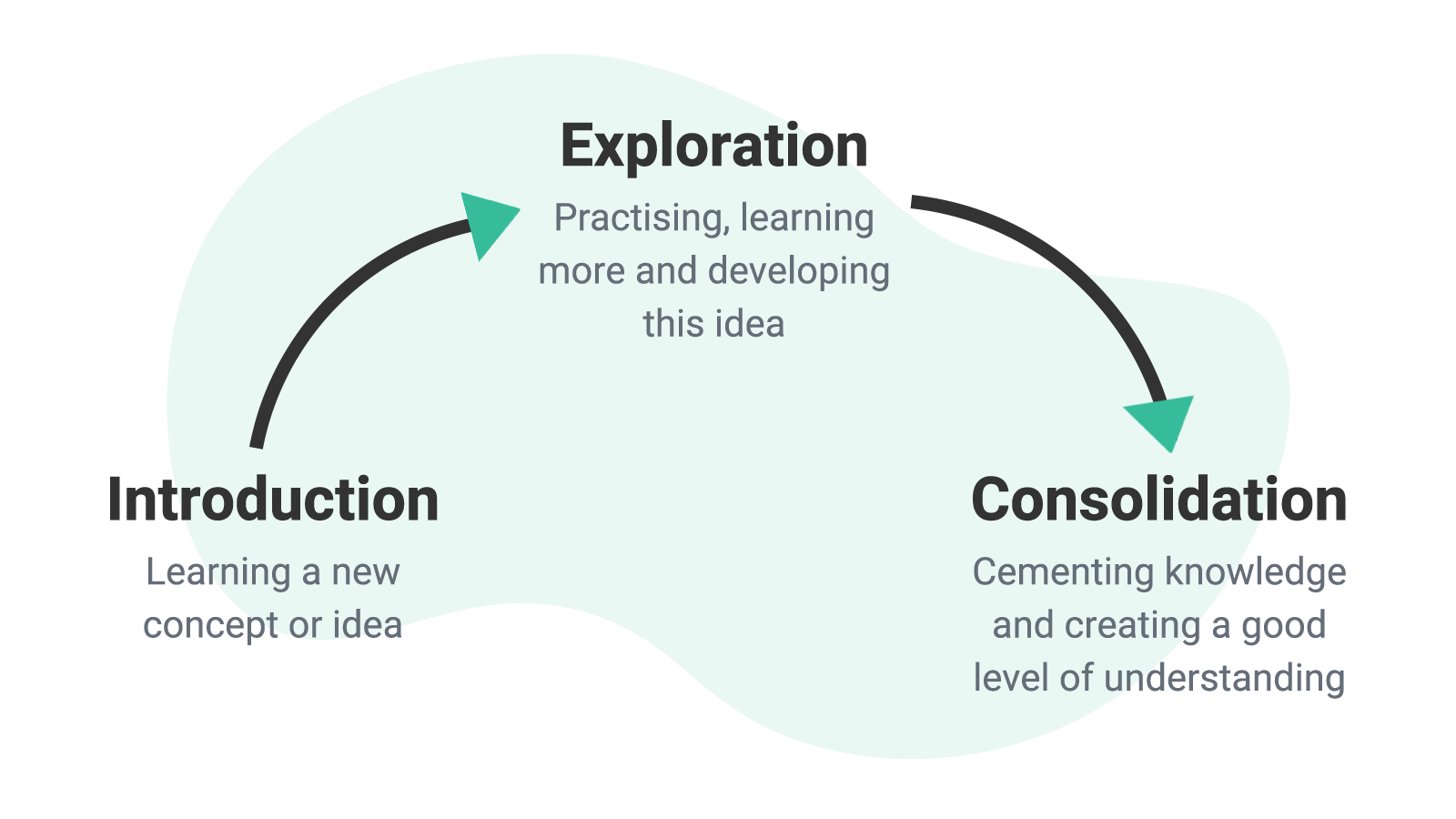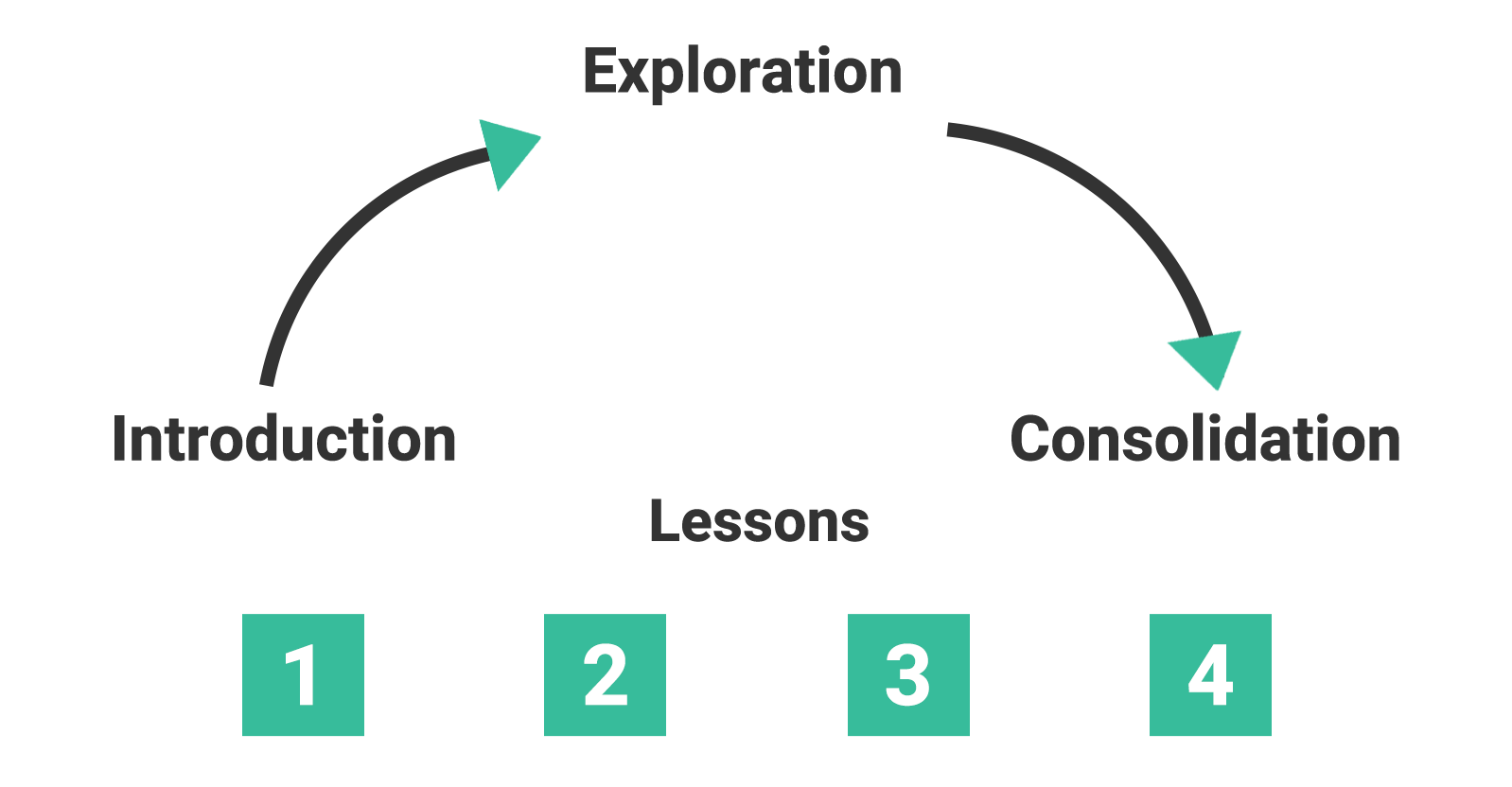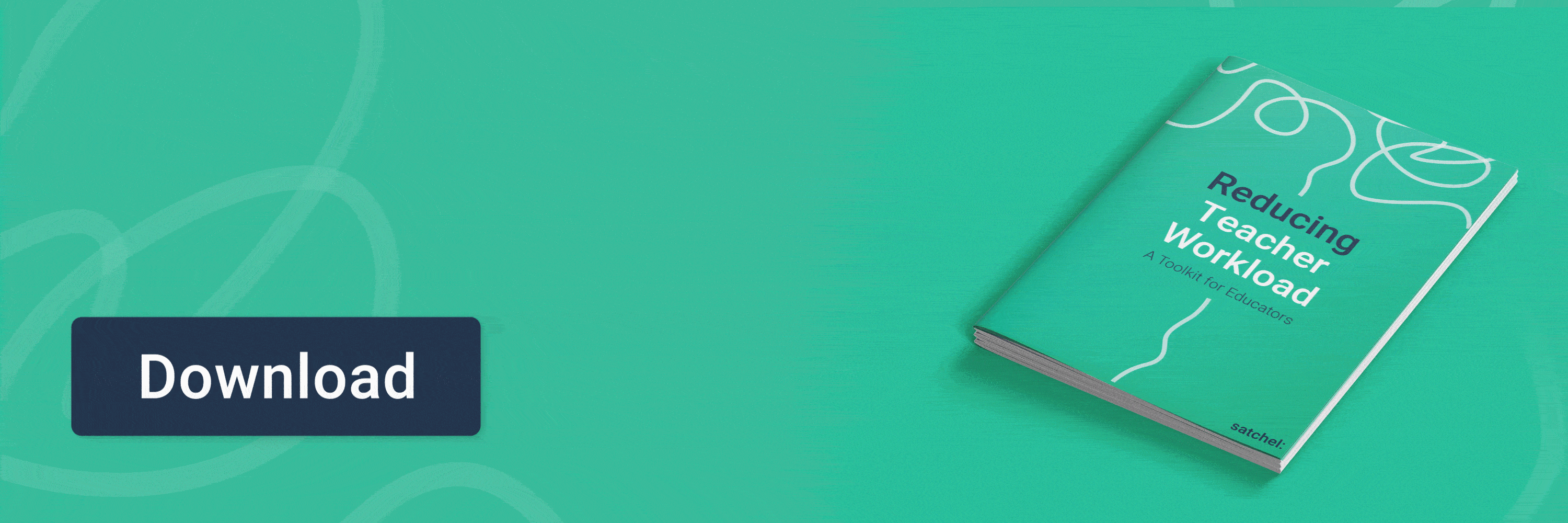Author: Ben Greenwood
Posted: 03 Oct 2019
Estimated time to read: 3 mins
Lesson planning is a crucial part of PPA (Planning Preparation and Assessment), it can be the difference between a successful lesson and a complete classroom catastrophe. Ensuring that teachers have access to tried and tested marking techniques can reduce workload and improve teachers’ mental health, as well as maximising students’ academic progress.
What is Lesson Sequencing?
Lesson sequencing is a holistic approach to lesson planning. It clusters lessons together to make transitions between them as smooth and simple as possible. Lesson sequencing uses the ‘Learning Arc’ concept to create a plan that gives students exactly what they need to learn effectively at different stages of the learning process.
The Learning Arc
 Lesson sequencing positions lessons along this learning arc (i.e. having a lesson devoted only to the introduction stage, then two lessons devoted to the exploration stage and another for the Consolidation stage.) This makes it easier to plan a sequence as a full arc, then break the arc down into lessons and homework tasks. Properly sequenced lessons improve communication and the learning environment of the class as a whole whilst saving teachers time and effort that is usually expended writing long, lesson-by-lesson plans.
Lesson sequencing positions lessons along this learning arc (i.e. having a lesson devoted only to the introduction stage, then two lessons devoted to the exploration stage and another for the Consolidation stage.) This makes it easier to plan a sequence as a full arc, then break the arc down into lessons and homework tasks. Properly sequenced lessons improve communication and the learning environment of the class as a whole whilst saving teachers time and effort that is usually expended writing long, lesson-by-lesson plans.
Lesson Sequence Plan
 This provides a combination of guidance and independent learning at every step of the process. The addition of well-positioned homework tasks that give students value can progress their development even further. By ensuring that homework is set for a reason and is genuinely valuable, we give students the tools and knowledge they need to progress along the arc.
This provides a combination of guidance and independent learning at every step of the process. The addition of well-positioned homework tasks that give students value can progress their development even further. By ensuring that homework is set for a reason and is genuinely valuable, we give students the tools and knowledge they need to progress along the arc.
The main steps to creating a lesson sequence plan
- Decide on a sequence objective
Choose an overall objective to get your students from the beginning to the end of the learning arc. The objective of each lesson will be to get one step closer to this sequence objective.
- Determine how a sequence can progress the class along the learning arc
What do students need to progress to the sequence objective and how can you get them there? Make note of all aspects of the topic that they need to learn.
- Break this sequence down into manageable chunks
Once you’ve set out everything along the learning arc, break the information down into smaller chunks to set the outline for each of your lessons.
- Ensure each chunk fits into a lesson and an accompanying h/w task
You might have to do some regrouping, but once you’ve broken the sequence down, you’ll get a good idea of what you need to teach in each lesson.
- Create your individual lessons
Using the sequence as a guide, build out each lesson with its own objective and supporting resources, as well as a valuable homework task to either consolidate on the lesson previous or prepare for the upcoming lesson. (For help with this, download our sequencing lesson plan template below).
What makes a good lesson?
A good lesson is one that simultaneously engages, challenges and supports students in their journey from the beginning of the learning arc to the end. It ensures that all students are where they need to be and know what they need to do to progress. A good lesson plan also takes into account the needs of SEND (Special Educational Needs and Disabilities) students and will have a section for differentiated work so that the whole class is able to progress at the right pace.
This is made easier by planning in a sequence, rather than lesson by lesson, as sequences tend to set SEND support protocol, possible extension work and differentiated work for the entirety of the sequence, this helps to ensure consistency in lessons, putting students at ease.
How can SLT facilitate outstanding lesson sequencing that saves time?
Giving teachers the time they need to properly conduct PPA is vital. The government’s School Teachers Pay and Conditions Document stipulates that teachers must be given at least 10% of their workweek set aside for guaranteed PPA, within their directed time of 195 days or 1,265 work hours. This ensures that teachers have time to create lessons within the school day that are engaging, useful and a vehicle for getting students from the beginning of the learning arc to the end of it.
In order to facilitate outstanding lesson planning, SLT should seek to provide helpful content like a lesson plan template and possible assessment strategies that aid better workload management and help staff to cut down on planning hours. By confronting the workload crisis head on and safeguarding teachers’ mental health and time, not only will schools see happier, less stressed staff, they will also see more engaged, higher achieving students.



